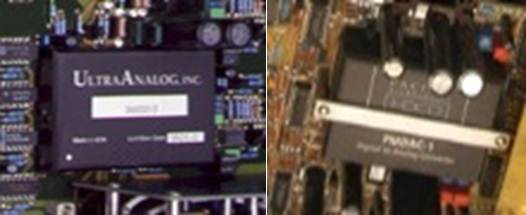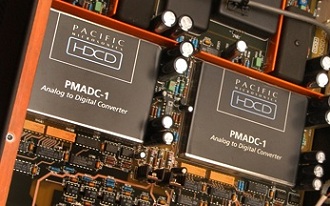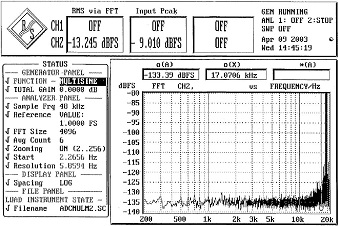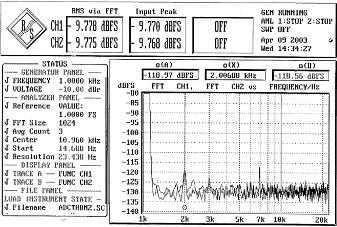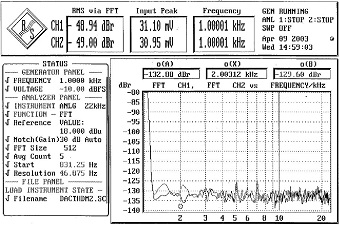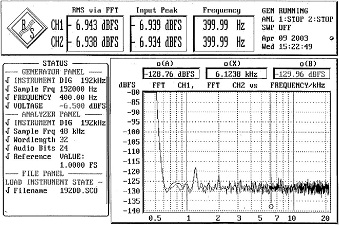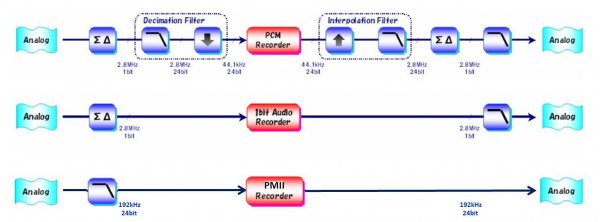This isn't my field at all, so like you I can be considered a non-techie. But even so, the Lipshitz/Vanderkooy paper cited by Opus is incredibly compelling. It really resonates with my own PCM vs. DSD findings.
Here's something that I've doctored from a paper by the DSD proponent, Andreas Koch:
View attachment 8238
The top is typical of 99.999% of digital recording/playback chains. When most poeple play back a modern recording on their modern DAC, they're following this.
Koch and others argue that the second chain is better - take out the initial DSD-PCM conversion in the decimation stage and the PCM-DSD in the interpolation stage and stick with DSD all the way through. Makes a lot of sense... until you read Lipshitz & Vanderkooy.
So that leaves the third chain (inserted by me, and not in Koch's original diagram). Start with 'true' PCM and stick with it all the way. The anti-alias filter will need to be a non-oversampling type, in which case the rate really needs to be 4fs (176.4 or 192). And this is exactly what the PM2 does.
I'm sure the 'real experts' here can chime in on the theoretical/technical pros and cons of the second and third chains. But I've spent an inordinate amount of time comparing them and have decided that the third chain is easily the closest to the original analog.
HTH.
Mani.











